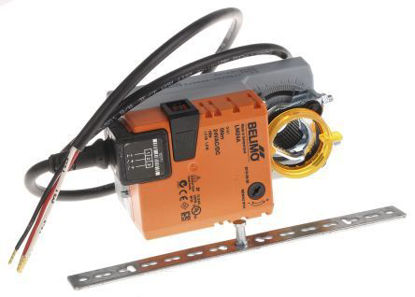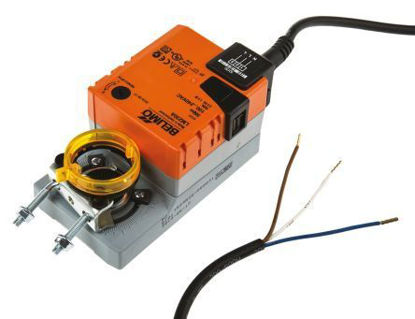Damper Actuators
A damper actuator controls the opening and closing of a damper. Opening the damper allows air from outside a building to enter, in order to cool the interior, or it can close to contain the inside air. Damper actuators are available from manufacturers in both electrical and pneumatic configurations. Spring return, rotary, and linear variations are made as well. Which kind of damper actuator used depends on the type and configuration of the HVAC system in the building.
The purpose of a damper actuator is to allow an HVAC system to bring in outside air, or move the damping system in such a way that air cannot get in. An air conditioning system may not have to be run at the power needed to cool every space in a building. If the outside temperature is suitable, then making use of outside air is cost-effective and less straining on the overall mechanical system. Air that is further cooled in the system will enter the building, and the actuator can also push warm air out as the air within cools.
A damper is a valve or plate that stops or regulates the flow of air inside a duct, chimney, VAV box, air handler, or other air handling equipment. A damper may be used to cut off central air conditioning (heating or cooling) to an unused room, or to regulate it for room-by-room temperature and climate control.


